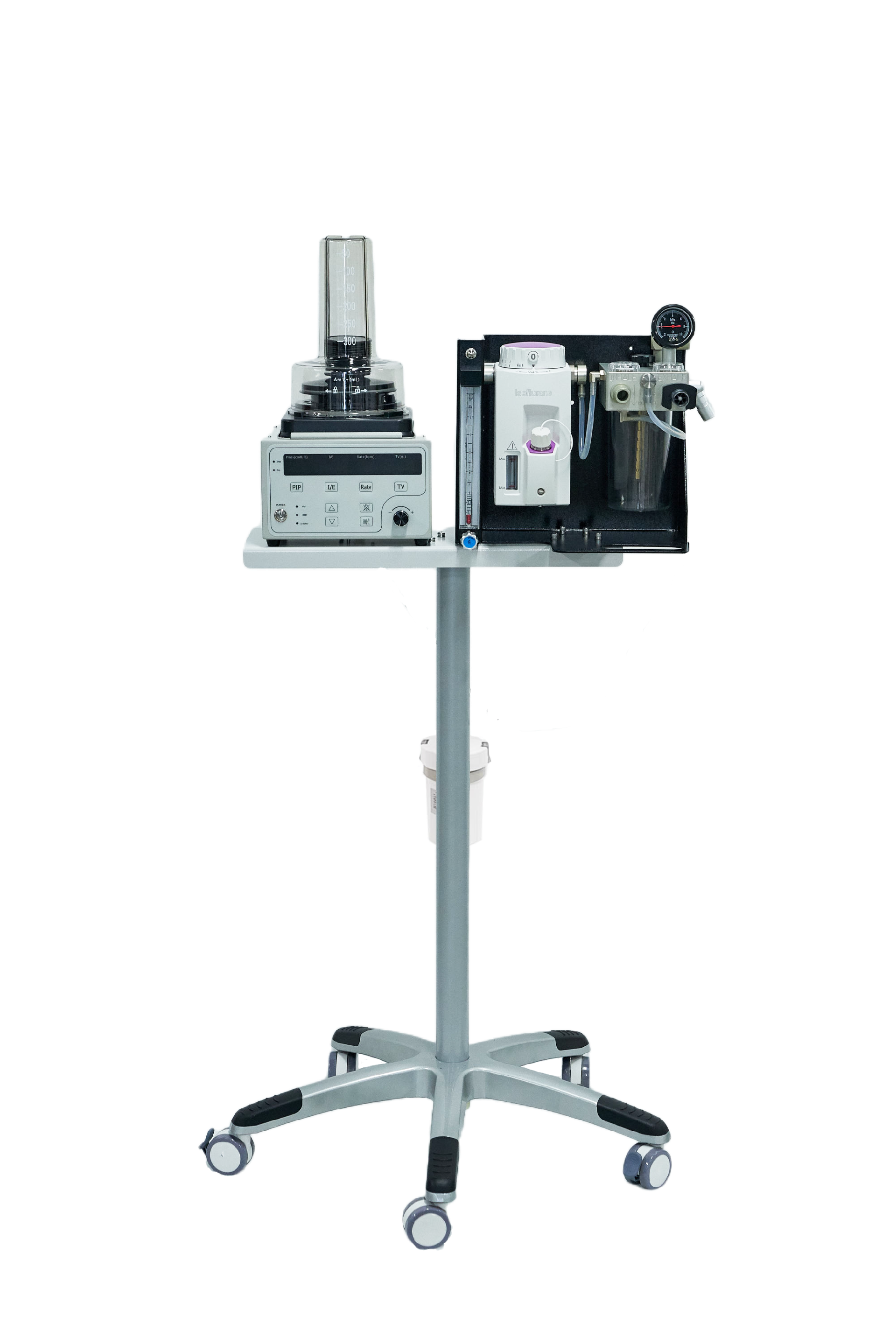
Small animal anesthesia machines are devices specifically designed for surgeries on small animals and for providing anesthesia support. With the continuous development of veterinary medicine and animal research, the types, functions, and applications of small animal anesthesia machines have increasingly diversified. The different types of small animal anesthesia machines and their applications in animal surgeries also vary slightly, helping pet hospitals, laboratories, and related professionals understand how to select suitable anesthesia equipment according to specific needs.
General Anesthesia Machine: A general anesthesia machine is equipment capable of administering continuous anesthesia to an animal during surgery, typically used for small animal procedures requiring prolonged anesthesia. Its functions include the supply of gaseous anesthetic agents, regulation of anesthetic gas flow, and monitoring of anesthesia depth. By combining anesthetic gases with oxygen, the general anesthesia machine ensures the animal remains completely pain-free throughout the surgery.
Inhalation Anesthesia Machine: An inhalation anesthesia machine is specifically designed to provide anesthesia to animals through the inhalation of anesthetic gases. This device utilizes inhalation anesthesia and is suitable for most routine surgeries or relatively simple anesthesia requirements. The inhalation anesthesia machine usually includes components such as a gas flowmeter, anesthetic gas vaporizer, breathing circuit, etc., and can monitor gas flow, gas concentration, and the animal's depth of anesthesia in real-time.
Choosing the right small animal anesthesia machine requires comprehensive consideration of various factors, including the animal's size, the type and duration of the surgery, and the required depth of anesthesia during the procedure. For general veterinary clinics, selecting an anesthesia machine that is easy to operate, fully functional, and moderately sized is very important. For animal laboratories or large animal medical institutions, more complex and powerful equipment can be chosen to meet diverse and complex anesthesia needs.
With the continuous advancement of small animal medical technology, the types and functions of small animal anesthesia machines are also constantly evolving. Selecting an appropriate small animal anesthesia machine is not only related to the health and safety of the animals but also crucial for the efficiency of veterinary work and the smooth progress of surgeries. Understanding the characteristics and applications of various types of anesthesia machines can help medical institutions make more reasonable equipment choices in practical operations, thereby enhancing the overall level of medical care.